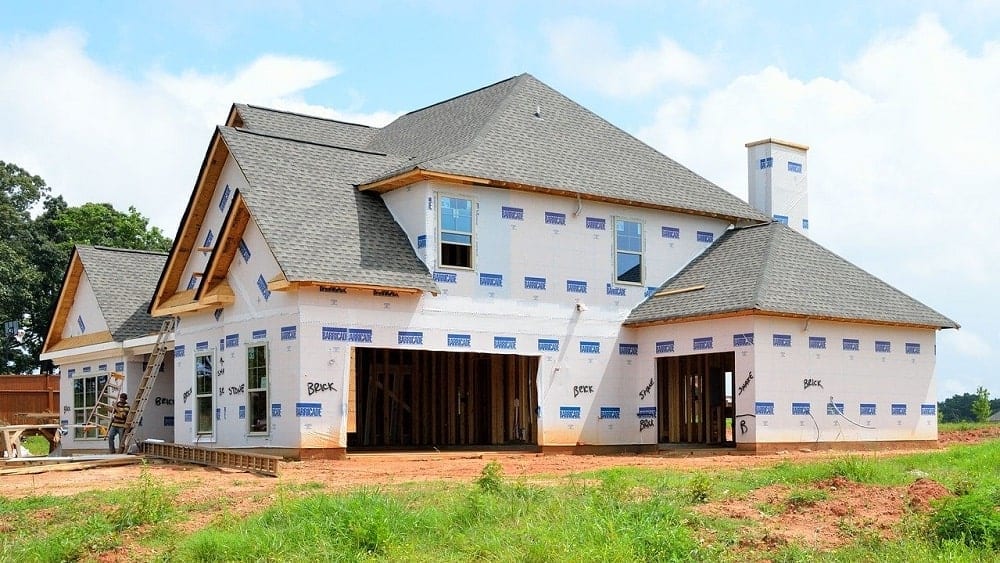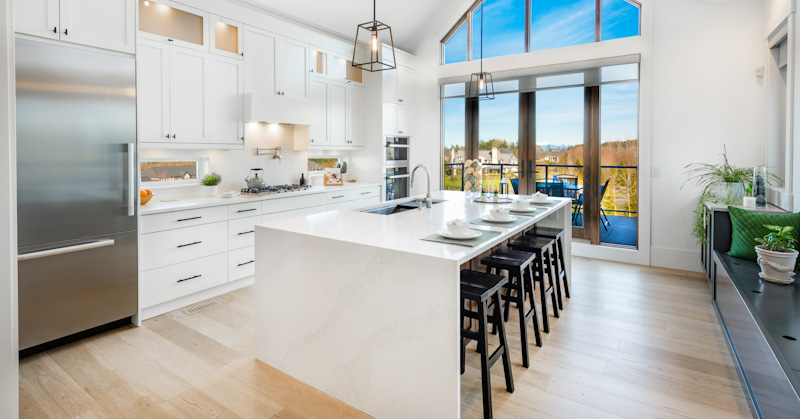General Contractor Indiana Offering Personalized Building And Construction and Renovation Services
General Contractor Indiana Offering Personalized Building And Construction and Renovation Services
Blog Article
How a General Service Provider Can Transform Your Common Areas Into Practical Rooms
The change of usual locations right into useful areas is a nuanced procedure that needs a basic service provider's experience in analyzing specific area demands and designing customized remedies. By considering factors such as layout, ease of access, and aesthetic appeal, a specialist can develop atmospheres that not just serve functional functions however likewise foster neighborhood involvement. Through effective job administration and adherence to quality standards, these renovations can significantly boost customer experience. The details involved in balancing layout and performance raise vital concerns about ideal methods and possible difficulties that benefit more exploration (Kitchen Remodeling Indiana).
Assessing Current Common Area Demands
When evaluating typical locations, it is vital to determine and comprehend the particular needs of the community they serve. This procedure begins with a detailed assessment of current usage patterns, which includes celebration information walking web traffic, height usage times, and activities taking place within these rooms. Involving with neighborhood participants via surveys or meetings can provide beneficial insights into their preferences and difficulties.
Next, it is very important to take into consideration the group composition of the community, including age, lifestyle, and any unique demands that might influence just how these rooms are made use of. As an example, households with young youngsters might need backyard, while older adults may focus on ease of access functions.
In addition, evaluating the existing infrastructure and facilities is critical. Recognizing locations that are underutilized or in demand of repair work can educate possible enhancements. Collaborating with stakeholders, such as residential property supervisors and regional organizations, ensures that the analysis shows an extensive understanding of the area's requirements.
Eventually, a thorough examination of present usual location needs lays the foundation for reliable makeovers, enabling the development of areas that foster involvement and improve the total lifestyle within the community.
Creating for Functionality and Aesthetics
A thorough understanding of neighborhood requires sets the phase for effective layout that balances performance and visual appeals alike areas. Effective design needs a thoughtful approach that thinks about both the practical usages of the room and the aesthetic allure that enhances the setting.
Functional style requires creating areas that deal with the particular tasks and interactions of the area. This might include adaptable seating plans for celebrations, accessible pathways for people with flexibility challenges, or designated areas for leisure tasks. Each component must serve a function while making certain convenience of movement and comfort for individuals.
The option of colors, materials, and illumination can substantially affect the understanding of a space. Additionally, aligning the design with the area's social identification can promote a feeling of belonging and pride.
Budgeting and Resource Allocation
Effective budgeting and source appropriation are essential parts in the successful change of typical areas. A distinct budget lays out the economic specifications within which the project have to run, making certain that costs are regulated and resources are effectively made use of. This begins with an extensive assessment of task demands, including layout aspects, materials, and labor.

A general service provider plays a crucial function in this stage, working together with stakeholders to establish practical budget plan quotes that straighten with her response the desired vision. By prioritizing vital features and exploring cost-efficient options, the professional can optimize investing without jeopardizing top quality.
Source allotment requires tactically assigning employees, equipment, and products to different stages of the job (Bathroom Remodeling Indiana). This calls for cautious preparation to prevent delays and make sure that each element is supplied on schedule. In addition, routine surveillance of expenditures versus the budget assists to recognize prospective overruns early, permitting for timely changes
Managing Building And Construction Process Successfully
Managing the building and construction process efficiently is vital for attaining prompt project completion and maintaining budget stability. A well-coordinated technique includes thorough preparation, clear interaction, and reliable source monitoring. General contractors need to develop a thorough job timeline that outlines each phase of building and construction, permitting the identification of prospective bottlenecks and vital turning points.
Routine development meetings are essential for keeping all stakeholders informed and aligned. These conferences promote the prompt resolution of problems, making sure that the job remains on track. Additionally, making use of task administration check that software application can streamline communication, track progression, and handle paperwork, decreasing the likelihood of misconceptions and hold-ups.
Reliable resource allocation is additionally vital. By making sure that materials, labor, and tools are offered when needed, basic service providers can stop expensive interruptions. Implementing a positive approach to take the chance of administration further boosts effectiveness, as it permits the recognition and reduction of possible difficulties prior to they intensify.

Making Certain Compliance and Top Quality Criteria
Conformity and quality requirements are fundamental to the success of any type of construction job, ensuring that the completed rooms not only fulfill client expectations yet also stick to governing requirements. A basic contractor plays an essential duty in browse around this web-site imposing these criteria throughout the construction procedure.
First, it is essential for the specialist to remain updated on regional building ordinance, safety guidelines, and industry finest practices. This understanding allows them to guide layout choices and product selections that straighten with compliance criteria. Routine inspections and high quality evaluations throughout the building and construction stage help to identify potential issues early, minimizing pricey delays and revamp.
Moreover, a reliable general professional promotes a culture of top quality amongst employees and subcontractors. This can be attained by giving training on conformity methods and implementing strict quality assurance measures. By developing clear interaction networks, the specialist can make sure that everybody included understands their responsibilities regarding conformity and top quality.
Final Thought
To conclude, the function of a general professional in transforming common locations right into practical spaces is pivotal. Via a comprehensive assessment of area requirements, thoughtful style, precise budgeting, and effective job management, these professionals can develop atmospheres that enhance usability and aesthetic allure. Adherence to compliance and top quality criteria even more ensures that renewed areas not only fulfill the assumptions of stakeholders however likewise foster engagement and improve the overall experience for all customers within the neighborhood.
The transformation of typical areas right into functional rooms is a nuanced process that calls for a basic professional's competence in evaluating details community requirements and designing tailored solutions. By considering elements such as layout, ease of access, and visual charm, a contractor can produce settings that not only offer sensible purposes however additionally foster community interaction. General contractors need to develop a comprehensive project timeline that lays out each phase of building, enabling for the recognition of vital landmarks and potential bottlenecks.

Report this page